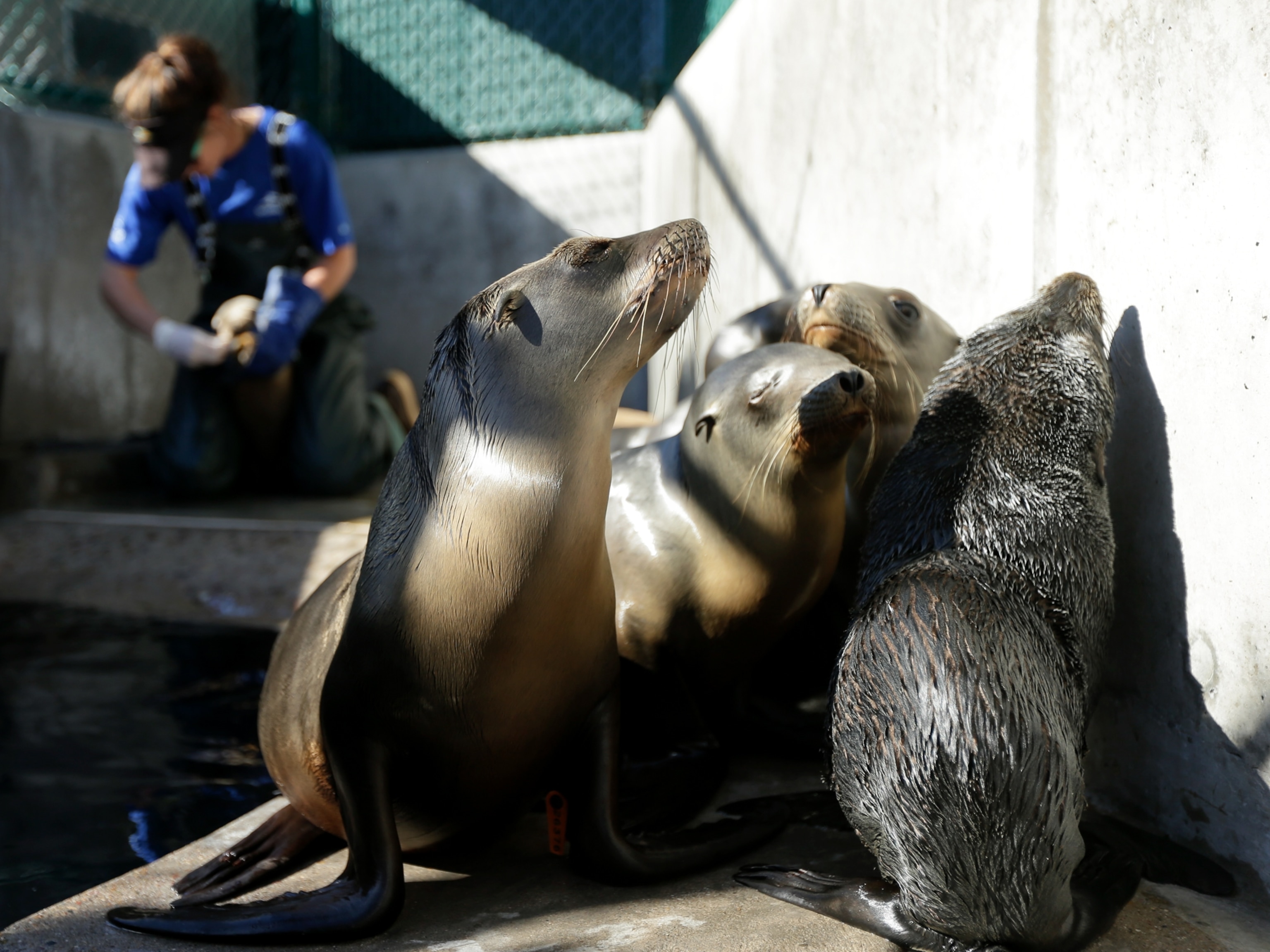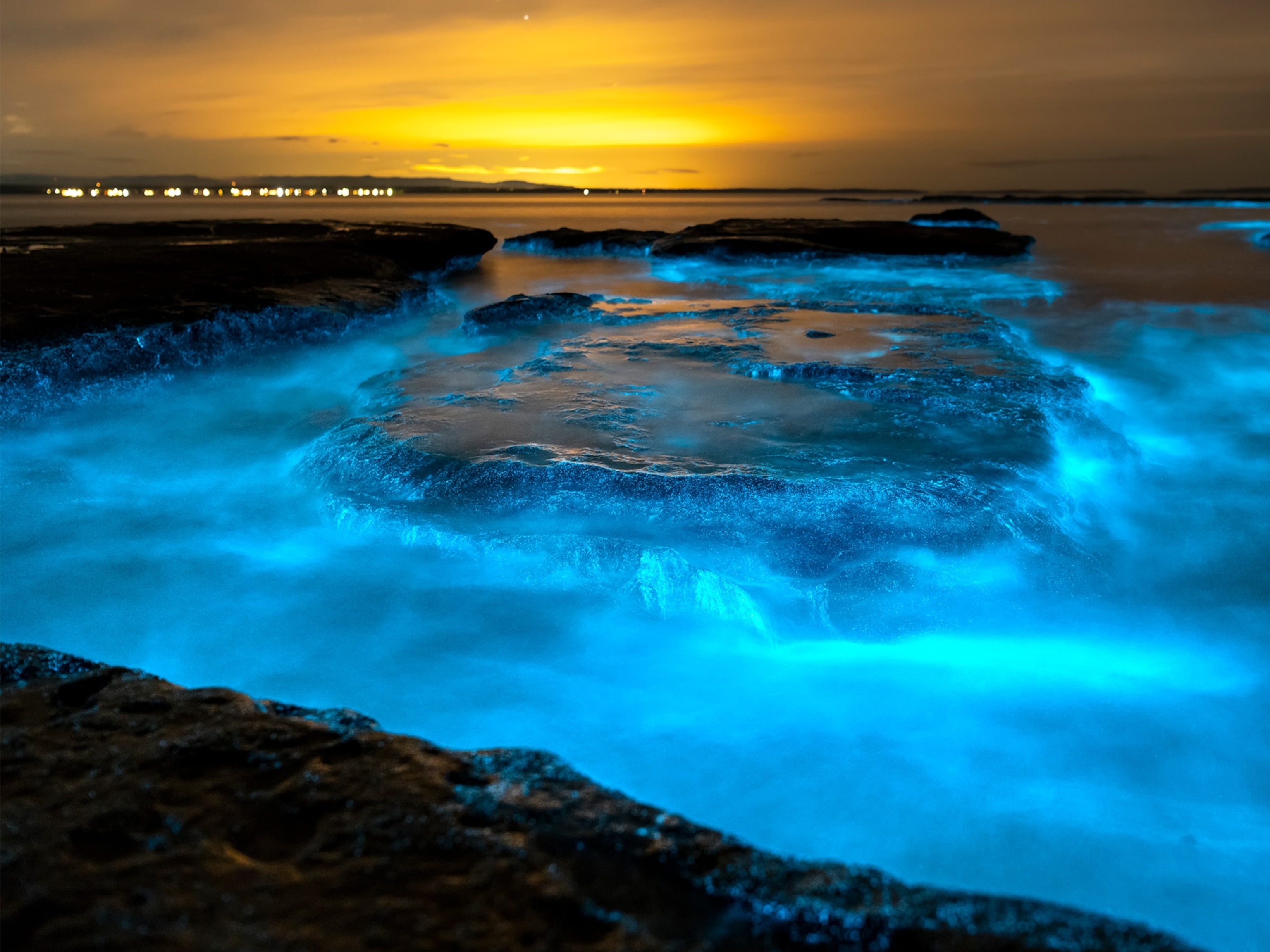
Hundreds of Sick Sea Lion Pups Wash Ashore
California animal-rescue facility declares state of emergency.
A mysterious tide of California sea lion pups (Zalophus californianus) have been washing ashore in recent months, prompting one rescue facility to declare a state of emergency.
The Pacific Marine Mammal Center in Laguna Beach (map) has more than 80 sea lion pups in their care, an "alarming" number, the organization said on their website. On March 9 the facility took in 12 pups, the highest number of rescues recorded in a single day in the center's history.
Wired reported that as of March 13, 517 pups had been admitted to five Southern California rescue centers.
Most of the sea lion pups are severely malnourished, dehydrated, and underweight, requiring major intervention to get the mammals healthy enough to be released back into the wild.
"The last time we had this many sea lions this early in the year was 15 years ago," director of animal care Michele Hunter said in a statement.
In 1998, an El Niño weather pattern warmed the waters off the California coast, causing fish to migrate farther from shore and adult sea lions to swim farther in pursuit—making it harder for moms to care for their babies, Reuters reported. (See "Octopus vs. Sea Lion—First Ever Video.")
"Animal rescuers believe adult sea lions are again foraging deeper into the ocean this year, but the reasons are unclear," according to Reuters.
"We are seriously concerned about the pace at which animals are stranding, and having the resources to keep up," Hunter said. (See pictures of threatened marine species.)
Don't Chase the Pups
Whatever the cause, anyone who sees a stranded sea lion pup in California should call the Pacific Marine Mammal Center immediately, executive director Keith Matassa said in a statement.
"We have had a higher number of people chasing the animals back into the water this year, which is the worst thing that can happen to a sick animal.
"These pups are coming ashore to get warm and rest, and are hauling out of the ocean to survive."



